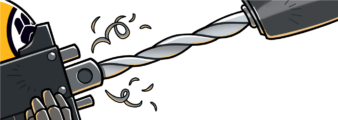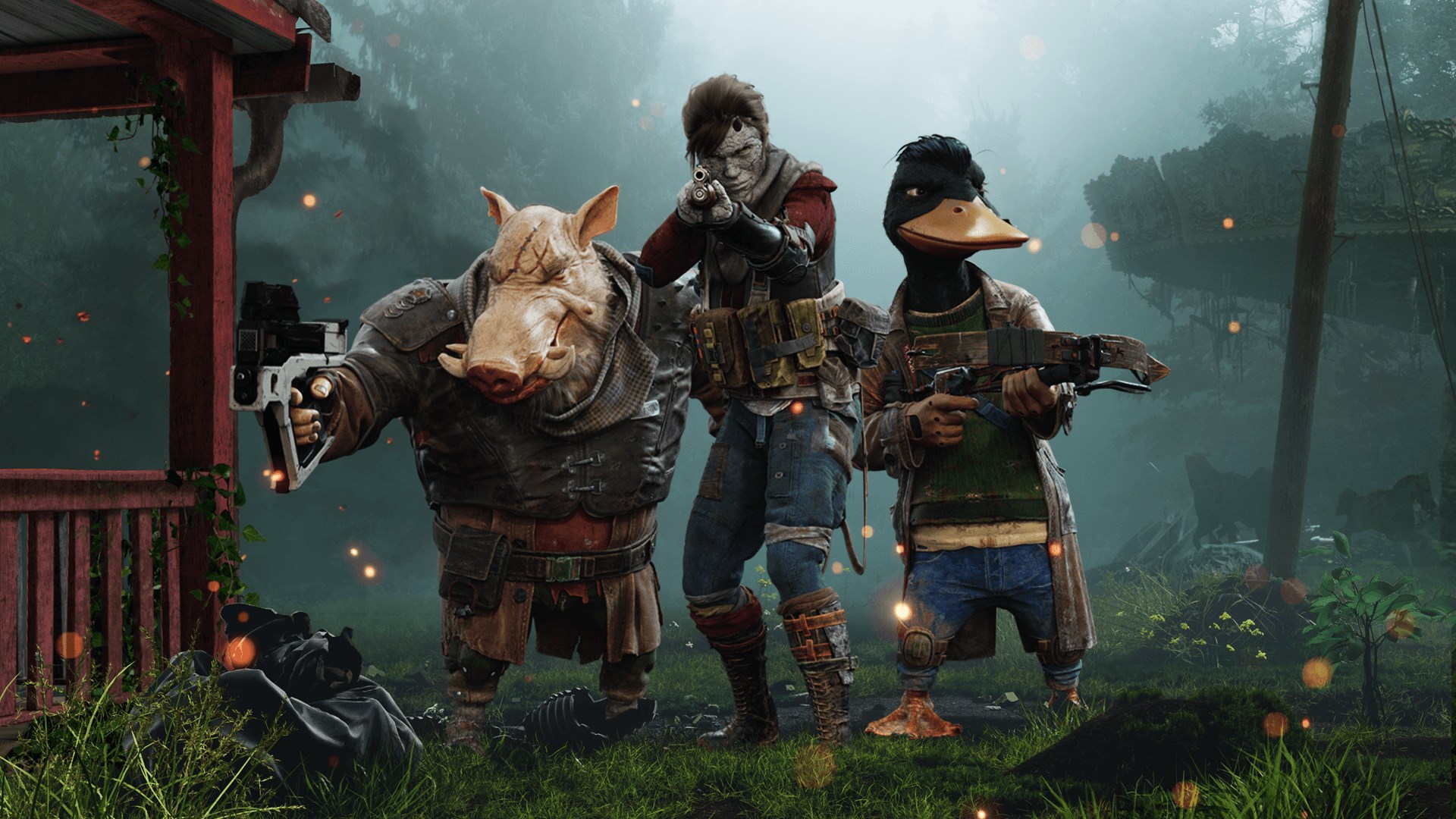So there I was, one team member down, bleeding out, with only a turn left to live. My shotgun-armed trooper had rushed out of cover to get a 100% shot and sank buckshot into an enemy – the last living foe in a three-way battle that lasted nearly half an hour. The sniper was the last of my team to activate. From where he was standing, he had a 50% chance of hitting that last dude He had used his first action to reload his one-shot rail rifle. He couldn’t reposition. The whole endeavor was resting on a coin-toss.
I closed my eyes and fired.
Mutant: Year Zero was always just a PnP RPG I was dimly aware of existing. It was published by Modiphius, and that was that. Unsurprisingly, I wasn’t that hype when Mutant Year Zero: Road to Eden was announced. I was dead wrong.
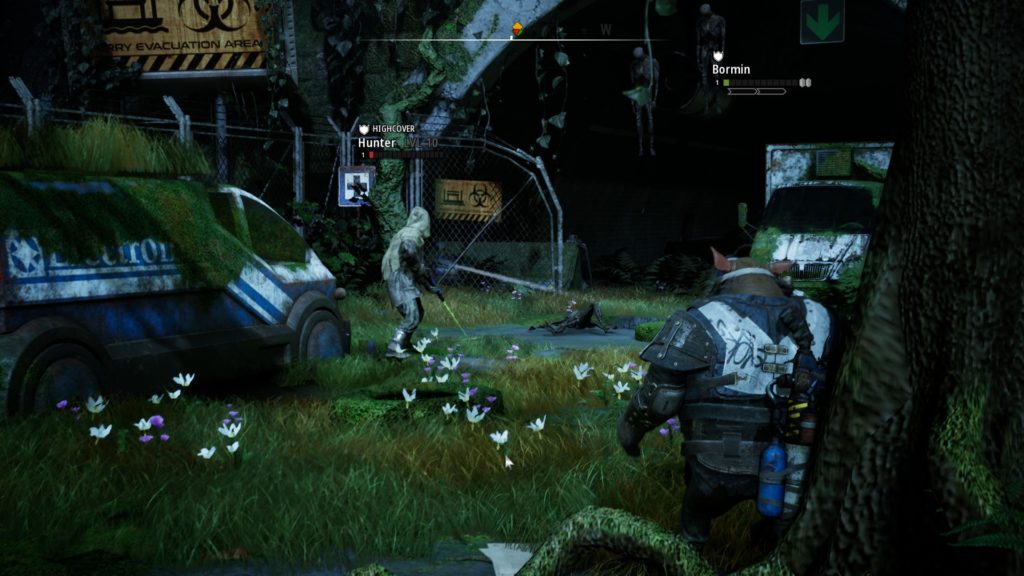
In the TTRPG Mutant, the postapocalyptic world is divided into two distinct areas. The Arc is your last best hope for civilization, the last city situated wherever in the world the players running the campaign desired it to be. The rest is the Zone, a wasteland full of danger as well as loot needed to keep the Arc running. Stalkers are the mutants that venture out into it. Mutant Year Zero: Road to Eden is inspired by this form rather than following it slavishly. You’ll start with Bormin and Dux, two mutant Stalkers sent out to find a missing technician. Their Arc is set in Sweden, as it’s the country that spawned the original RPG.
Also, Bormin and Dux are, respectively, a boar-man and a duck-dude.
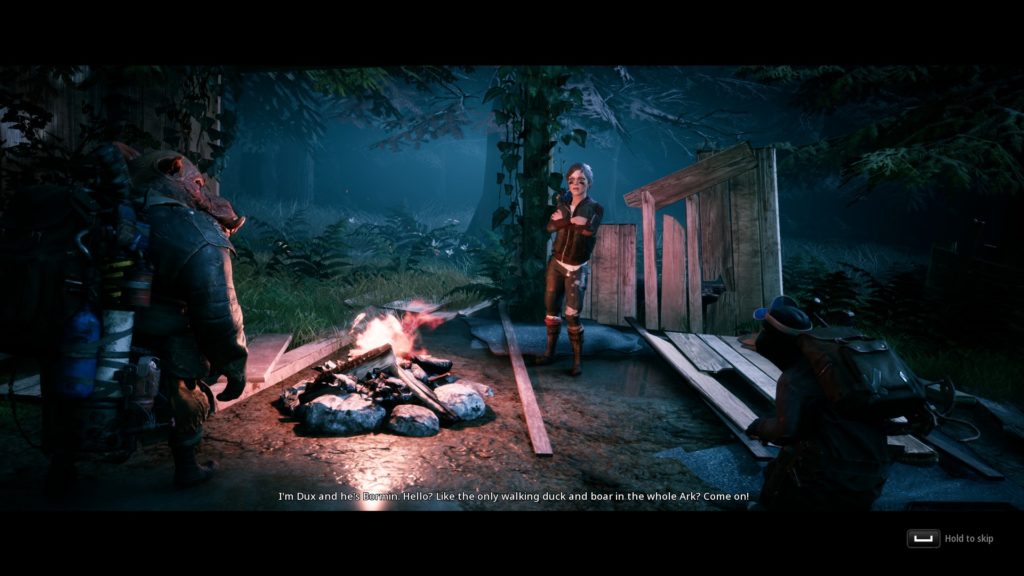
Stalking Is Serious Business
The RPS review has already noted that it’s hard to draw the line who came up with the Stalker/Zone duality, as original mutant came out in the 80s, after thethe Strugatsky brothers were getting their Roadside Picnic had been published in English. It doesn’t matter, really. Road to Eden’s Zone doesn’t feature anomalous areas. Rather, it’s full of twisted scions of mankind and detritus of the fall. The tone, refreshingly enough, is a lot more somber, possibly even bleak, than a game with talking animal protagonists would suggest. I for one welcome this break from tongue-in-cheek tomfoolery that many a developer falls prey to these days.
Having never played or read Mutant: Year Zero, I can’t tell what system differences set it apart from Mutant Year Zero: Road to Eden. I am, however, conscious of the punctuation! As for the more metagame concepts, Road to Eden diminishes the importance of Arc to the game. You don’t upgrade it, you don’t bring resources for its upkeep or do any of the stuff implied in the sales pitch for the TTRPG. For you, Arc is the place where you receive missions and buy or upgrade gear.
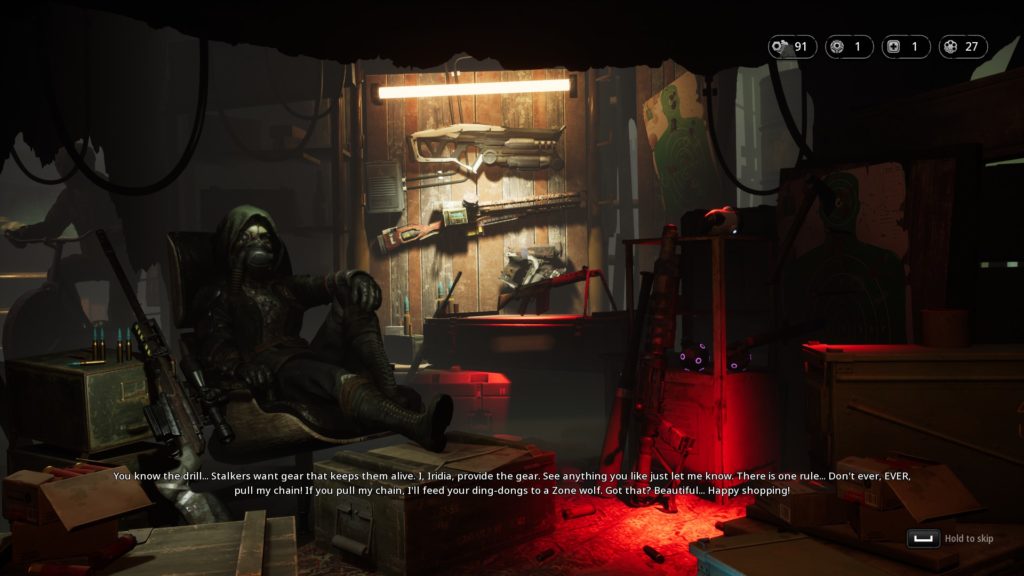
The Zone is where the meat of the game is. It’s a collection of areas connected by map-edge entrances. You need to physically walk to the entrance of the a new zone to open it for fast travel in the world map. Handily enough, you don’t need to find an exit to travel back to the Arc, which cuts down on backtracking.
Mutant: Year Zero, But In Real Time
When you’re exploring an area, you’re doing it in real time, and your character is controlled via a WASD setup. The two other members of your team follow you around, though you can switch between them at any time. This seems like a clear influence of the game being developed with consoles in mind. Once you enter combat, the game switches to XCOM like grid, and characters automatically snap to it.
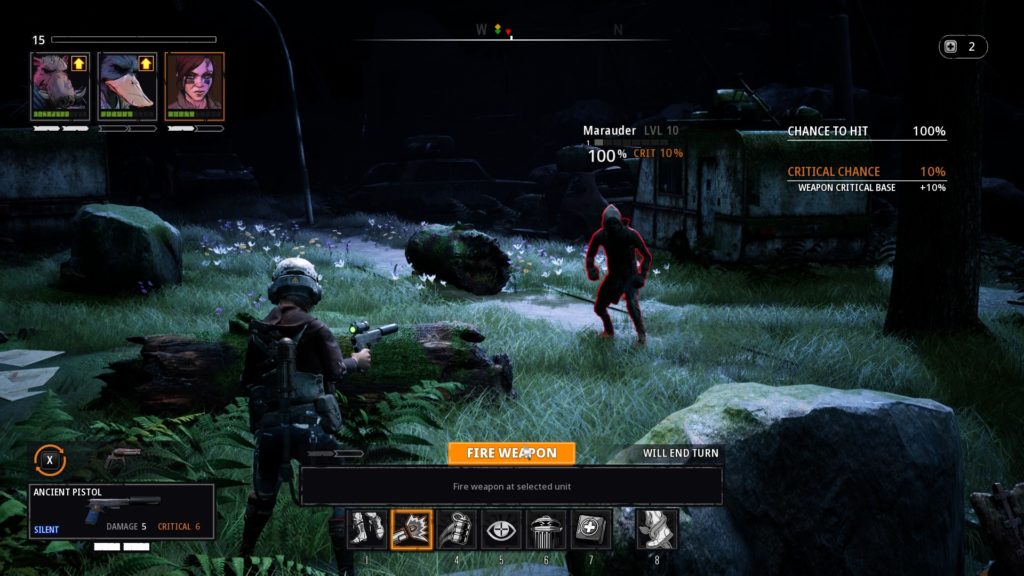
While XCOM 2’s introduction of stealth was a great boon for the series, Road to Eden actually runs wild with it. You see, some of your foes will be constantly patrolling the map. You are then challenged to pick off those stragglers and lonely sentries before moving to attack the main body.
Granted, this will rarely be easy: many enemies have great health pools, few weapons are silent, and failing to take down the foe is a single turn will result in them alerting their buddies. However, it’s a great rush to be sneaking around in real time, setting up your positions and then quietly whacking a lone patrol. Eventually, you can whittle down the opposition until a only a clump of enemies remains. And even then, by carefully deciding the best position (and the best target) to GO LOUD, you can tip the scales your way even further.
Oh boy, will you want to tip the scales. Even on medium difficulty, each battle will be an edge-of-your-seat affair. The enemies are more numerous than your band of stalkers, and they have greater health pools. What’s worse, they have their own abilities they bring into the mix – Molotov cocktails and reinforcement call-ins being some of the most painful – and you have to plan around those, too. Especially when you consider that medipacks – only heal you fully out of combat, necessary for reviving team members during battle – are so rare.
Meanwhile, your mutant abilities, cool as they are, don’t have a cooldown timer – instead, they’re recharged by kills. So while the battle system is very much straight out of XCOM – you have two actions, shooting ends your activation, overwatch exists – camping cover and turtling is not an answer.
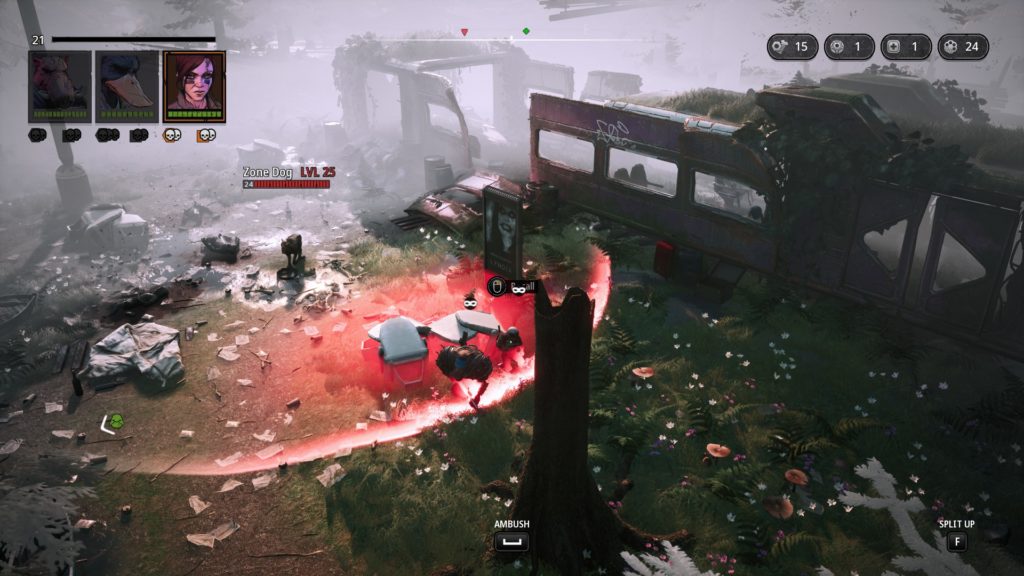
Mutations: Well Known To Be Wild And Wildly Beneficial
Your mutations are how the game tracks advancement of your characters. When they level up, they get mutation points. Those can be spent on a tree (more of a branch, really) of passive, minor and major mutations (you can have one of each equipped at the same) or a linear stat increase sequence. Major abilities can be activated for such amazing effects as Bormin eating a fallen biological foe to refill his health or Dux taking to the air on giant moth wings to get an amazing sniper spot for a turn. Minor ones involve stuff like guaranteed critical hits in exchange for lower hit chance or running-and-gunning. Passive abilities are, well, passive and deal with stuff like making a character treat any low cover they get as high.
The mutants can equip two weapons each, up to three grenades, as well as wearing a hat and armor. The guns are fairly different in how they work instead of being just a succession of better versions of starting gear like in XCOM. The game loves playing with ammo counts, damage, crit chance and maybe even special abilities. But hey, you can add those yourself, too. Guns can be upgraded with sights and laser dots (which usually provide stat boosts) as well as gadgets like drills and flame nozzles (which add a chance to inflict knockback, set an enemy on fire and so on). Hats usually provide passive abilities (from better chances to hit if you have height advantage to immunity to crits) while armor gives a smidgen of additional health, some actual damage decrease (all guns deal flat amounts of damage, and armor does flat reductions) and maybe a passive bonus, just like the headgear.
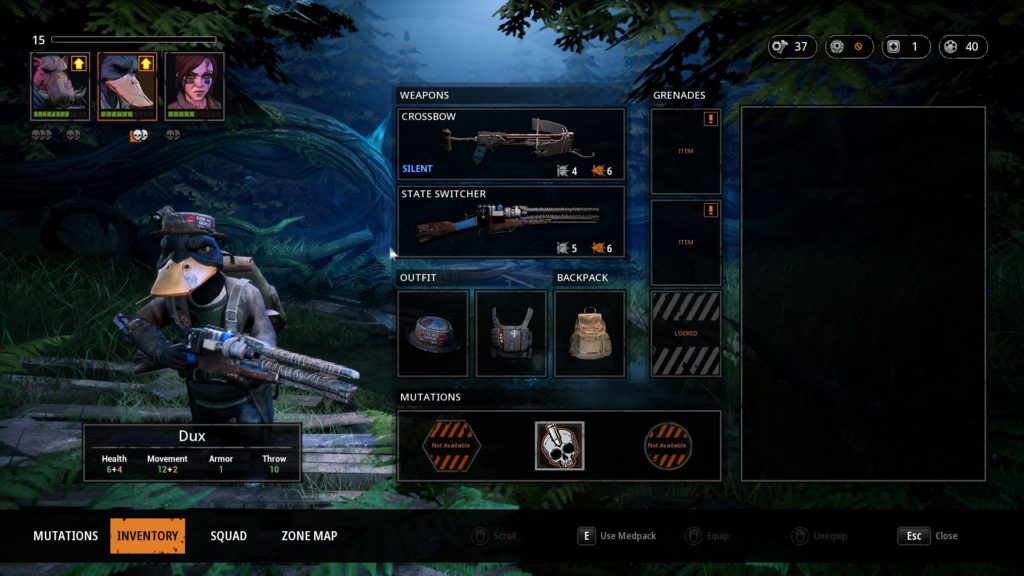
Each and every item also has a pithy description, which serve to lighten the tone a bit. The notes found in the world, as well as Bormin’s narration, usually brings it back down. Overall, the developers showed no less love to their writing than they did to their visuals. And boy did they show love for the visuals.
As Mutant Year Zero isn’t ready to just spell everything out for you, you’ll cobble together the narrative from the notes you find and the detritus left behind by the Ancients – the humanity of the time before the fall. You’ll see corpse-strewn roadblocks, cars piled on the road, bodybags accompanied by their hazmat-suited handlers, and so on. As you walk around the zone, collecting scrap, you’ll see light play between the trees and birds fly out of your way. It’s wonderful.
Oh, and the game doesn’t treat all enemies as belonging to the same faction. Pretty early on, you can aggro both zone hounds (apocalypse dogs) and ghouls (crazed human scions) and they will attack each other as well as fighting you. This is amazing and I can’t overstate how impressed I am with the developers for doing that.
Mutant Year Zero: Road to Eden is good game. It looks good, it runs well, and every battle is a challenge. Meanwhile, the writing is good, the environmental design is gorgeous and the tone isn’t all about going “teehee, humanoid animals.” I love it, it’s great, I should probably try out the tabletop version.
P.S. That shot in the opening? It hit. I nearly felt blessed.
